A few meters after crossing the Franco-Italian border, the Savoie leaves room for another treasure of the Alps: the Aosta Valley. This territory, now Italian, has a unique heritage. This is why GV invites you to dive into one of the most beautiful valleys in Europe.
On the other side of the Alps, at the Haute-Savoie, there is an exceptional territory: the Aosta Valley. Yet, this small region of Italy is still unknown to us, French neighbours. Surprisingly, our population cherishes the nature and heritage of the Savoy, whose Val d’Aosta has long been a part of.
If there are real differences, crossing the border does not cause a frank change. Between the mountains, the traditional cuisine and the welcome in a perfect French, your arrival in the Val d’Aosta may plunge you into confusion. But reassure yourself, this feeling is quickly driven out by wonder.
Put on your mofles and after-skis, GV takes you to discover the Aosta Valley, a wonderful alpine land!
A crazy story
Aosta, a city above all
If today the term “Val d’Aosta” (or “Val d’Aosta”) has been established, the region has not always had a name and geographical delimitation. The only landmark on which it has always been possible to base itself is its capital: Aosta. Founded by the Romans (under the name Augusta Praetoria Salassorum), Aosta has always been the strong and central place of the territory.
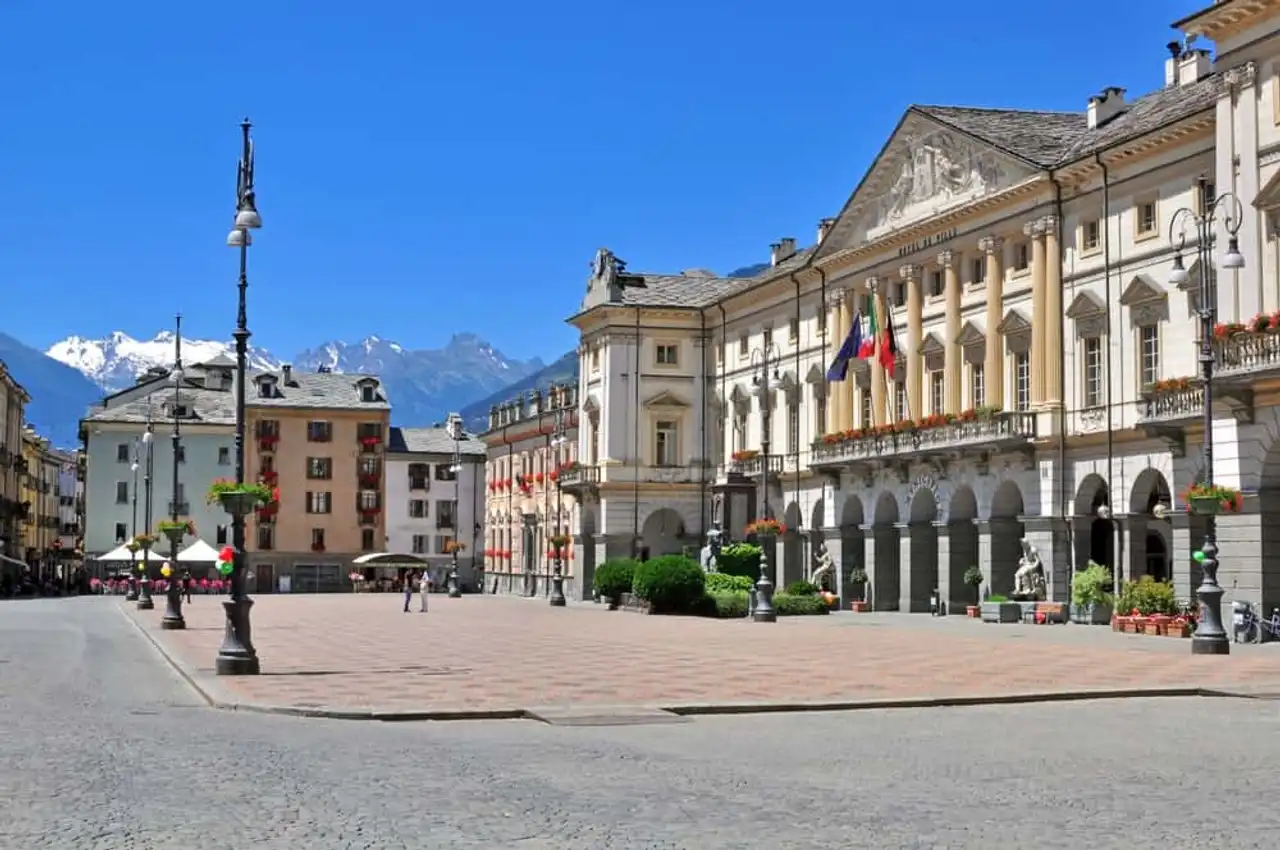
Photo credit: Shutterstock – Arsenie Krasnevsky
Indeed, Romans but also Carolingians, Burgonds, Byzantins, Lombards, French and even fascists, all have experienced their period of domination in the alpine territory. But one thing will not change: Aosta serves as a central point.
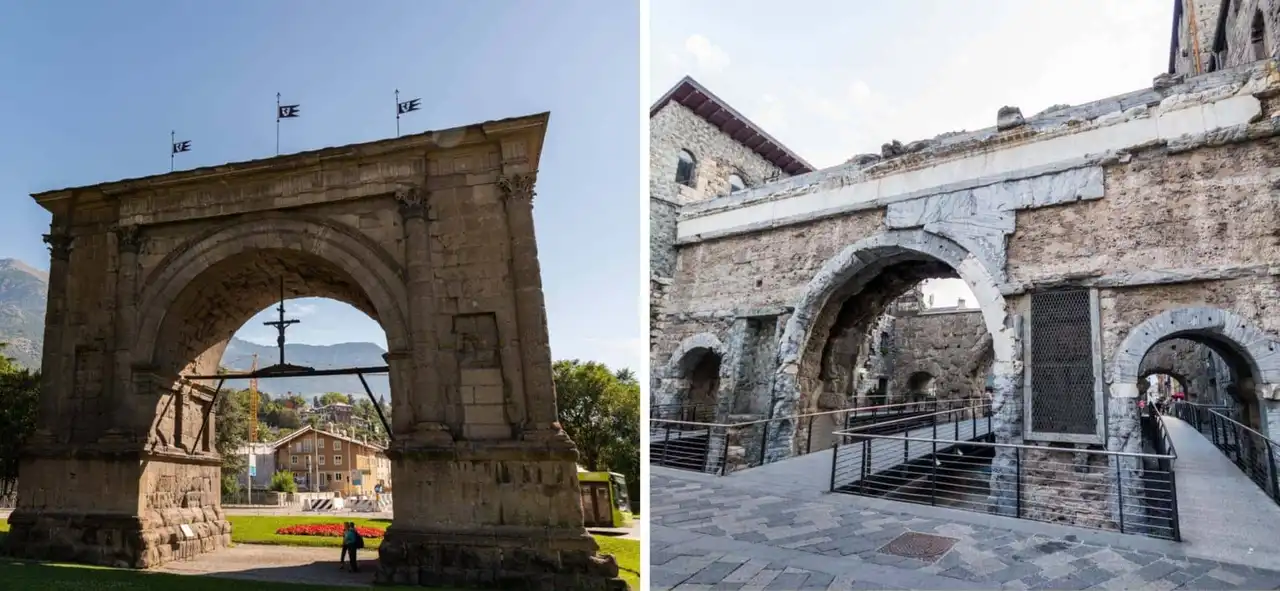
The arch of Augustus and the arch of Porta Praetoria, two vestiges of the Roman Aosta – Photo credits: Shutterstock – SerFeol
There is therefore no surprise to find the most beautiful buildings in the valley, such as the Arc d’Auguste, the Roman theatre or the Notre-Dame-de-l’Assomption Cathedral. By visiting the beautiful city of Aosta, it is therefore a true passage of centuries that offers to you.
Saint-Empire, Duchy of Aosta, Savoie States: the first fruits of the Aosta Valley
But let’s go back to the term “Aosta Valley”. Where did he come from? As with many European territories, the name of the region originates in the Middle Ages. In particular, it is necessary to go back to the feudal era, a period where many duches were created. If in the thirteenth century, the Holy Empire began to use the name “Val d’Aosta” to target a specific territory of the Empire, it was necessary to wait for 1536 and the creation of imperial duches to see the birth of an “duchy of Aosta”.
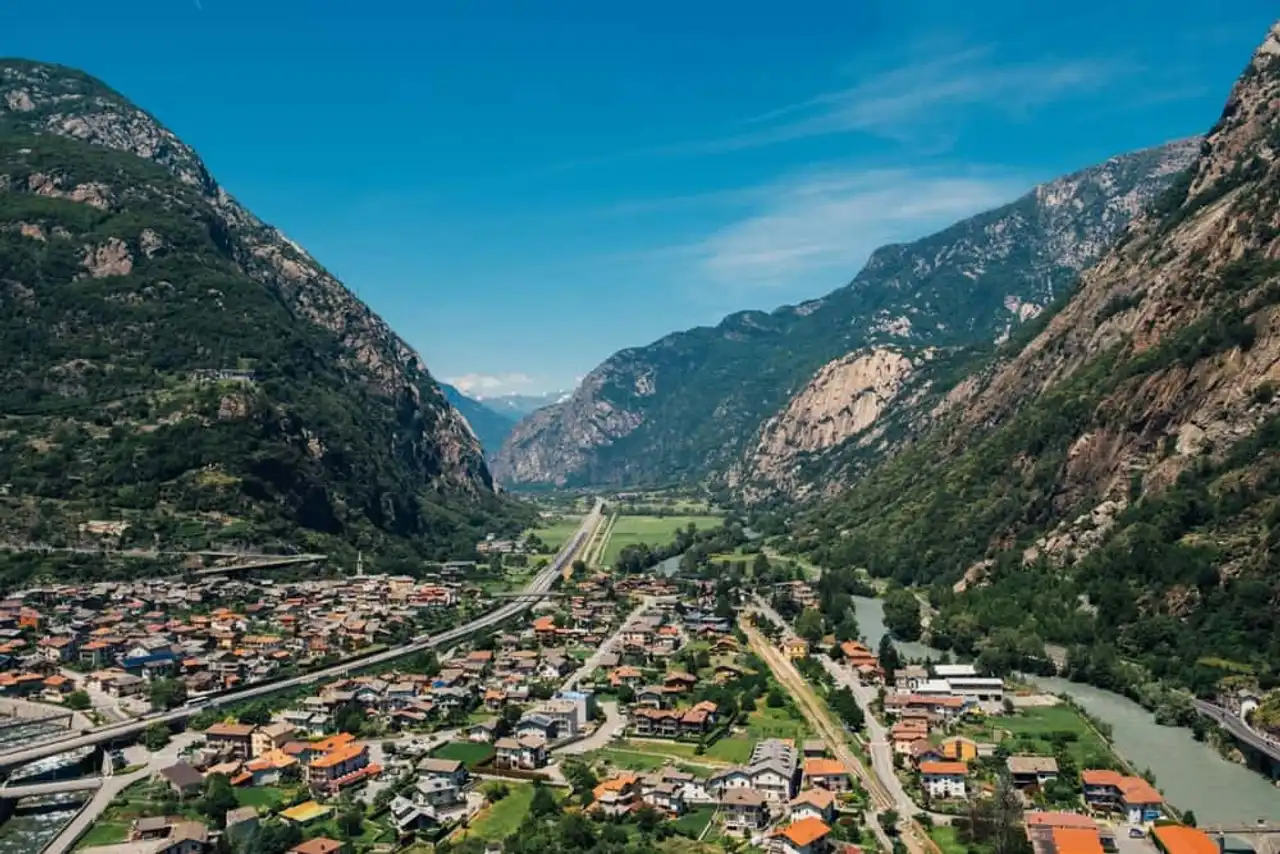
By taking on the height, the term "Value d'Aosta" takes all its meaning – Photo credit: Shutterstock – PippiLongstocking
Moreover, at the end the Duchy will continue the Empire and will be consolidated in the States of Savoie, a group of alpine territories belonging to the Maison de Savoie (you now understand the link), a royal family at the origin of the future Kingdom of Italy. Only a short period of French domination will come to relegate the term "Val(lée) d’Aoste" to a geographical use, leaving the administrator to use the name "Department of the Doire", a reference to the main stream around.
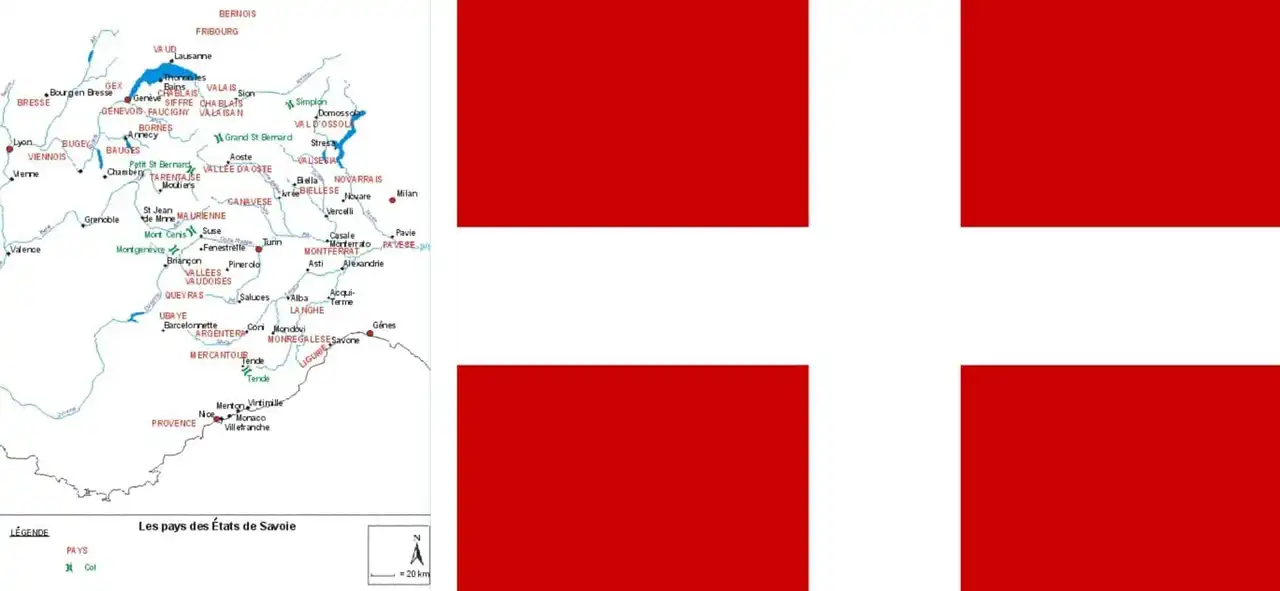
Find on the left: map of Savoy States at its peak To the right: the Savoie flag, still used today in France and Italy – Photo credits: Wikipedia – Palluel-Guillard
But the French will eventually surrender the territory (as well as the Piedmont) to the Kingdom of Piedmont-Sardaigne, then of Italy (d. 1861), which officially appoints the region “Value d’Aosta”.
The Mussolini threat
In the 20th century, the Aosta Valley was well established in the Italian state, which fully accepted the Vatican regional culture. Well, at first. Indeed, during the inter-two wars, the region will experience a dark period. The cause? The rise of fascism in the political landscape, which sees Benito Mussolini gaining power.
Mussolini therefore wants to accelerate the Italian unity, still unstable, to create a true Italian national spirit. The Aosta Valley, a francophone for centuries, represents a real brake on fascist ideas.
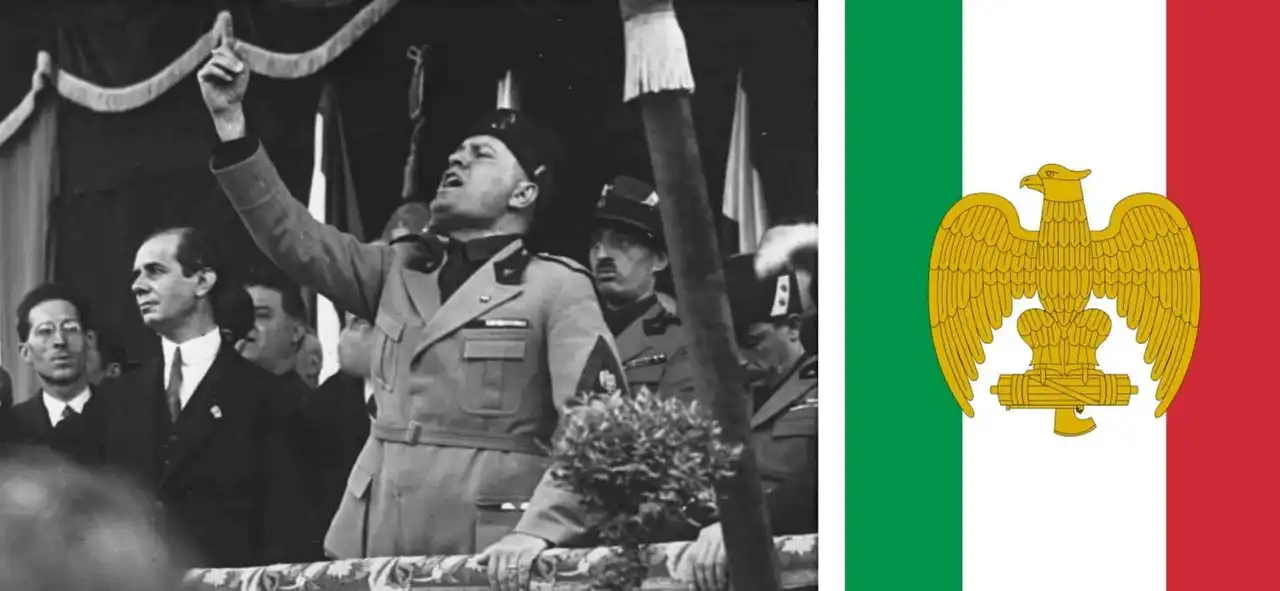
Mussolini, leader of the Italian fascist movement, will be merciless with the Aosta Valley – Photo credits: Wikipedia – Georg Pahl
Therefore, the Duce will not hesitate to design a personalized program for the region. Change of status (the region becomes only one province, the equivalent of the department in France), oppression on the French language (mother tongue of almost all the Westerners of the twentieth century), supported propaganda... It is a true cultural assassination that is imagined. A plan that, for two decades, will have significant consequences.
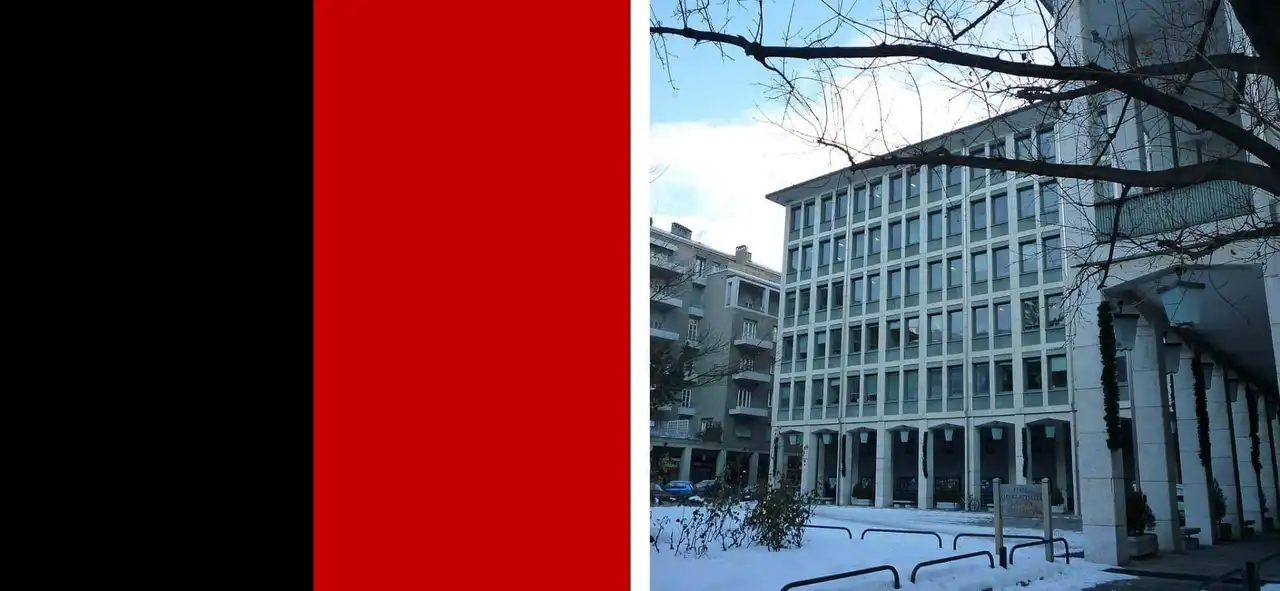
Find On the left: the flag of the Aosta Valley region Find On the right: the seat of the valdôtain government – Photo credits: Wikipedia – F l a n k e r Tenam2
But in the end this valdôtaine culture, though dotted, will remain. So that in 1946, following the proclamation of the Italian Republic, the Aosta Valley region was given a special status which guaranteed its autonomy. The Valdôtans therefore have the cards in hand to preserve their cultural heritage.
A rich and unique culture
A multilingual land
You understood it, the Val d’Aosta is a region that has experienced different dominations, which have influenced its culture. The best example remains at the linguistic level. By integrating the Savoie States, the inhabitants had to adopt the official language: French. The latter has long co-existed with the Franco-Provincial dialects (and German for the Lys Valley, some of which are descendants of the descendants of the Walser ), spoken so far.
On the other hand, the fascist period stigmatized French and regional dialects, for the benefit of Italian. Today, Dante’s language has become the first language in the region. However, since the end of the Second World War, the autonomous status of the Aosta Valley has allowed French to benefit, like Italian, from the status of “official language”.
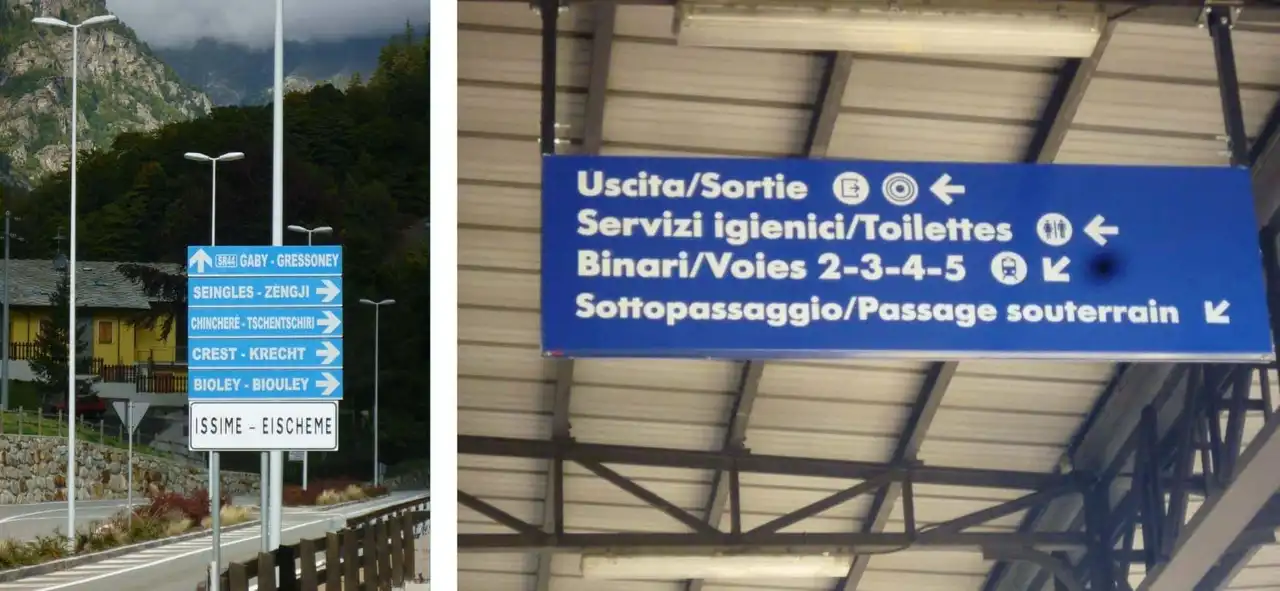
Two examples of bilingual panels in the Aosta Valley, adapted according to local languages and dialects – Photo credits: Wikipedia – Tenam2
Thus, the language of Molière has the same importance as Italian at the school and administrative level. As for the dialects, he did not disappear but suffered much more from the Mussolini era. But still today, French and dialects are present enough to make Val d’Aosta a multilingual land. An almost unique exception in the Botte.
Valais cuisine: the other pillar of local culture
The history and language of the region are therefore closely linked to several neighbouring territories. A fact confirmed by another cultural aspect: cooking. On a daily basis, the Italian gastronomic repertoire and its flagship dishes were widely adopted. But the region also has its true gastronomic terroir, with labellized products. Among them, the fontina, the half-dur cheese based on cow's milk, met international success. In all Italy and beyond, the fontina is a true ambassador of the Valais cuisine.
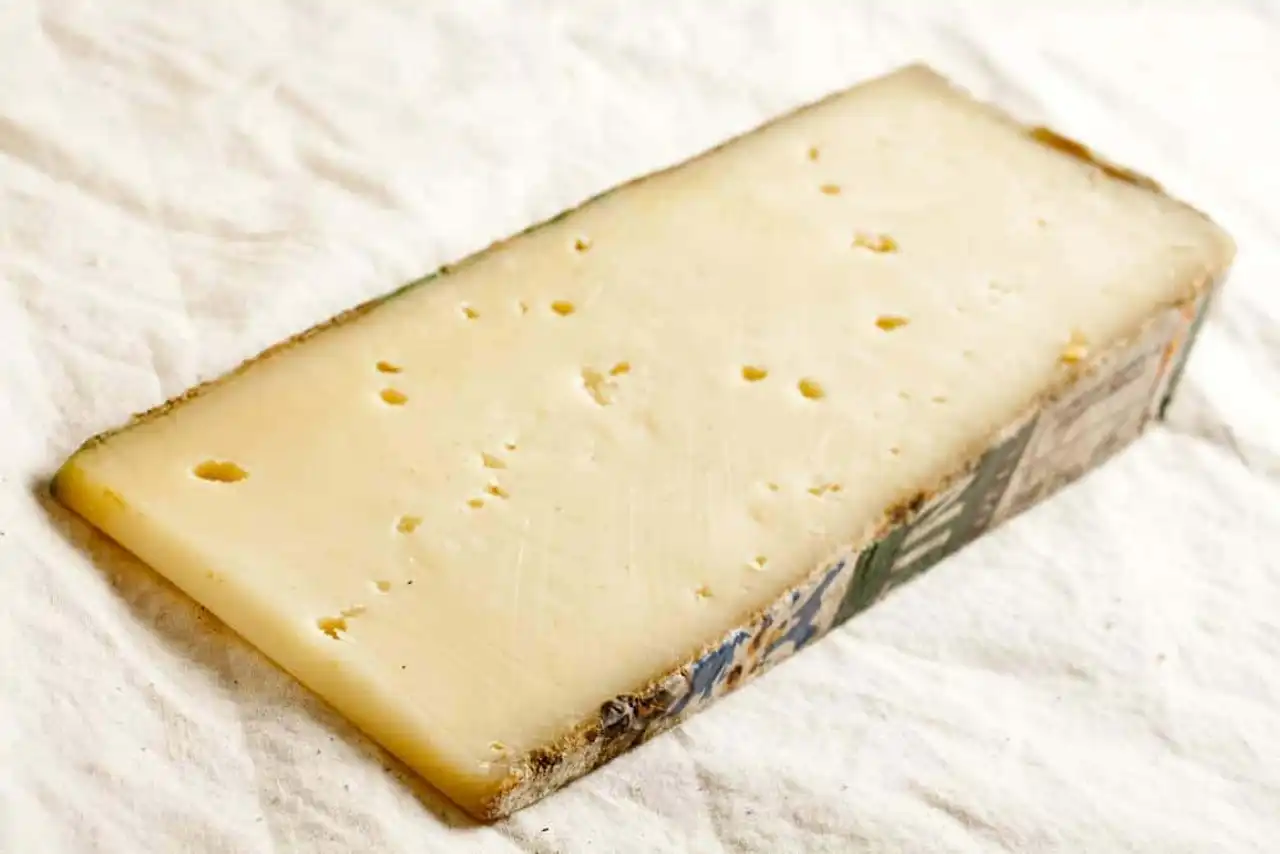
Fontina, star cheese in the Aosta Valley – Photo credit: Shutterstock – Brian Yarvin
But the region’s cuisine doesn’t stop until its cheese. Better, some dishes will already tell you something! And yes, dishes like fondue (or melta ), frincandeau or tartiflette are not only Swiss specialists or savoyards! They are also part of the traditional Valais cuisine. A peculiarity, once again, due to the cross past of these neighbouring territories.
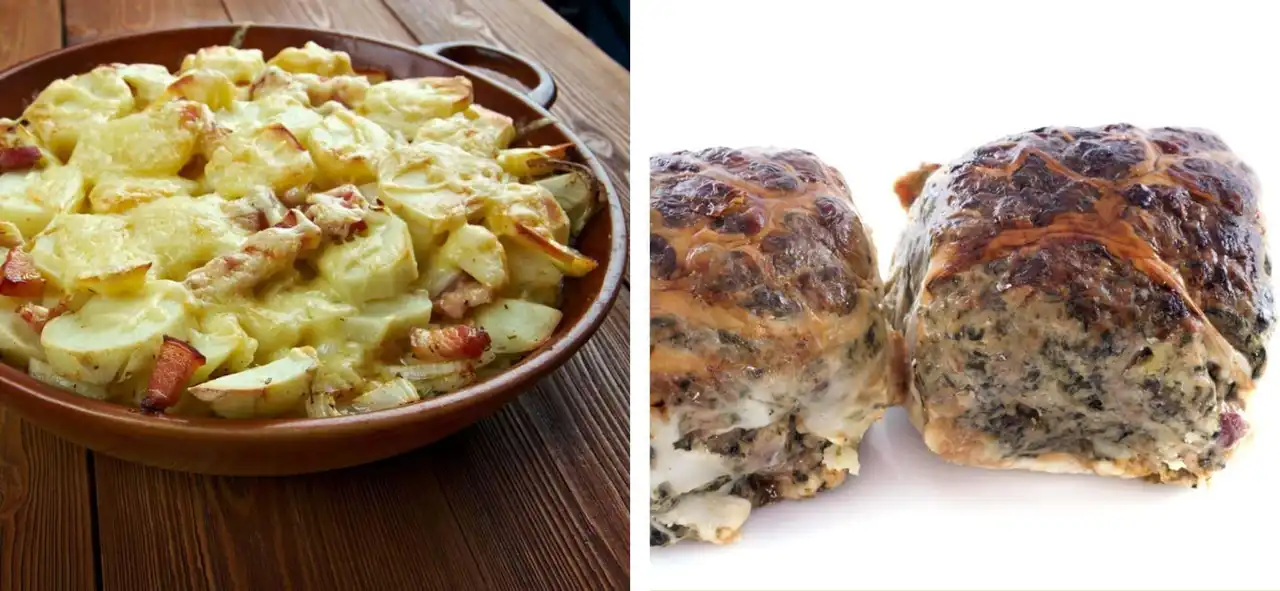
The tartiflette (left) and the dandeau (right) are also part of the Valais terroir – Photo credits: Shutterstock – Fanfo
Finally, other dishes are unique to the Aosta region, such as rice with milk chestnuts or valpellinoise soup.
The imbroglio on the raw ham Aosta
Say it, when you've read Valais cuisine, you thought about Aosta ham. It is found that the brand, very widespread in France and in Italy, create a real misunderstanding. Because if the Aosta Valley actually produces raw ham, it is not sold by the Aosta brand. Indeed, the Aoste ham is developed in the department where the company is based: Isère. In France, so.
Nevertheless, there is a raw ham produced in the Aosta Valley. This is De Bosses DOP ham, flavored with mountain herbs in Saint-Rhémy-en-Bosses, at an altitude of 1,600 metres.
A natural paradise
Let us finish this discovery of the Aosta Valley by what it has more beautiful to offer: its nature. The various alpine landscapes of the region plunge its visitors into a cape of wonder. In the valleys or summits, in winter or summer, terrestrial or aquatic, the number of places of this calibre is no longer counted.
Let us take you to this horizon of the Valais nature, for the greatest pleasure of your retinas.
The mountains: the Aosta Valley
This pure air, this sensation of grandeur, this white coat in winter and rocky in summer, the Alps are grandiose and the mountains of the Aosta Valley confirm this reputation. Mountain lovers will discover a true haven of peace, where only the tranquility and silence of the heights will accompany them.
To feel this, it is enough to go to meet the highest local summits, which crosses the 4,000 metre level. This is the case of the Grand Paradise (or Gran Paradiso), housed in the eponymous national park, the oldest in Italy. The mountain offers a sensational view of the nature of the park that makes it the same, with fantastic views on the mountain.
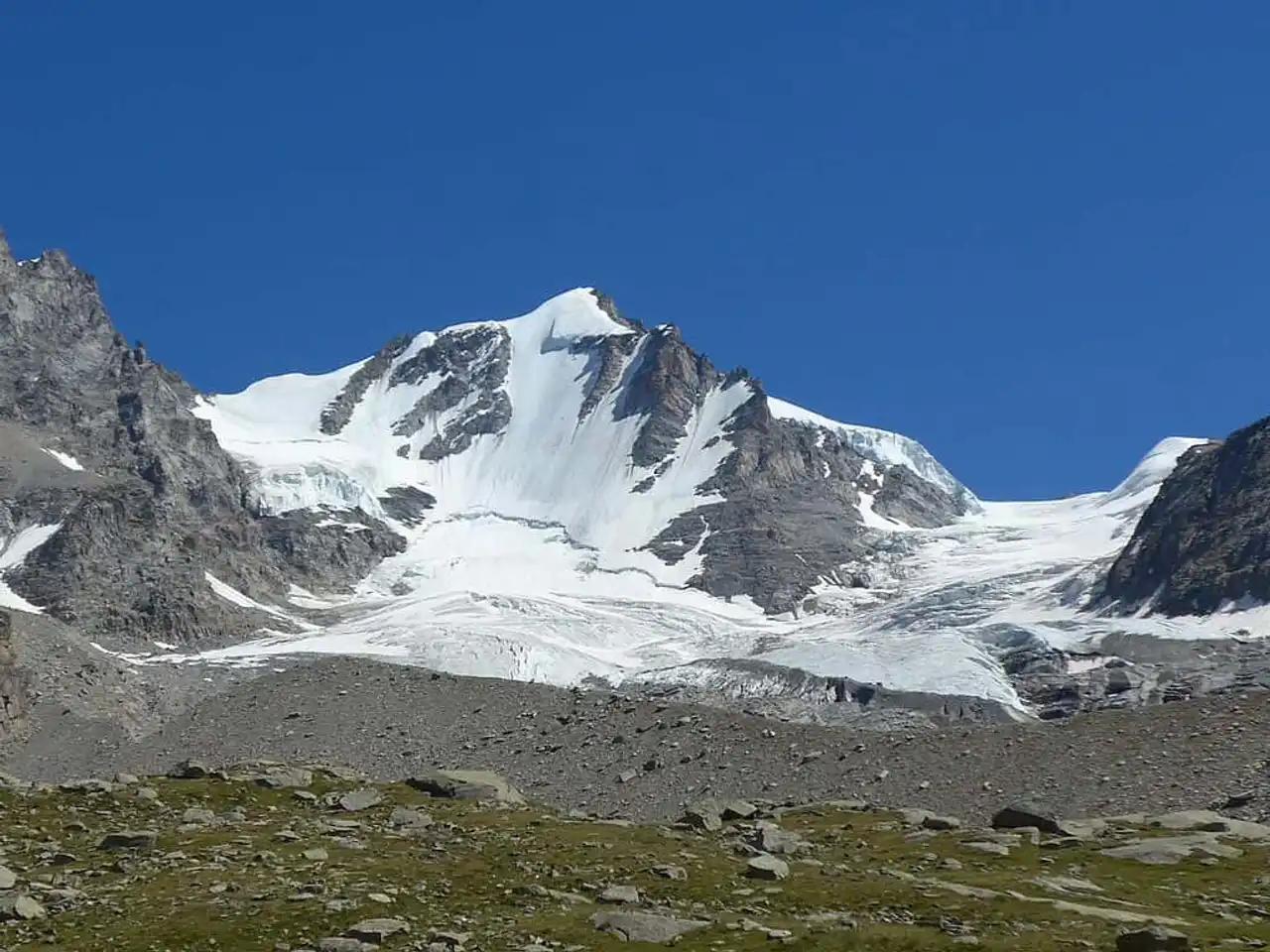
The Great Paradise or Gran Paradiso – Photo credit: Wikipedia – Cactus26
And then there are also two summits whose beauty is associated with a symbolic: that of being a border. On the one hand, in the north of the Val d’Aosta, Mont Cervin marked the passage from Italy to Switzerland. Its particular shape allows all visitors to separate it, if ever the height was not enough.
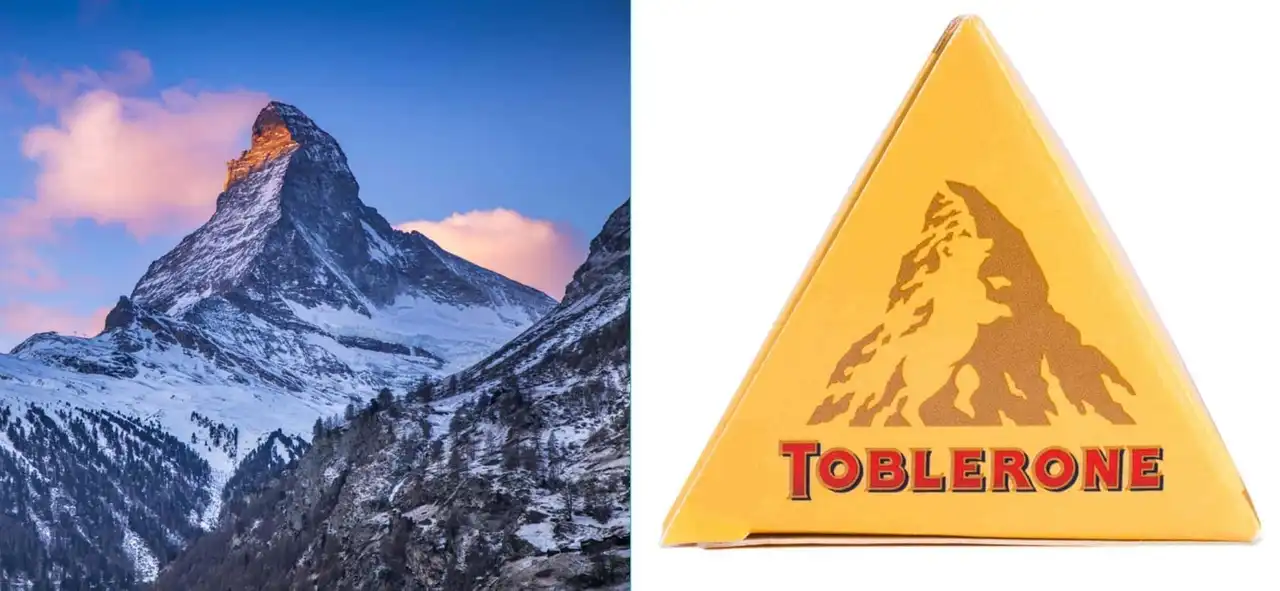
Emblem of Switzerland and Toblerone, Mont Cervin is also valdôtain – Photo credits: Shutterstock – Earth Trotter Photography
Moreover, once again, when you see the Matterhorn you have this feeling of already seen. Rest assured, you are not crazy. Just gourmet, since Mont Cervin is present on the Toblerone logo, the famous Swiss chocolate.
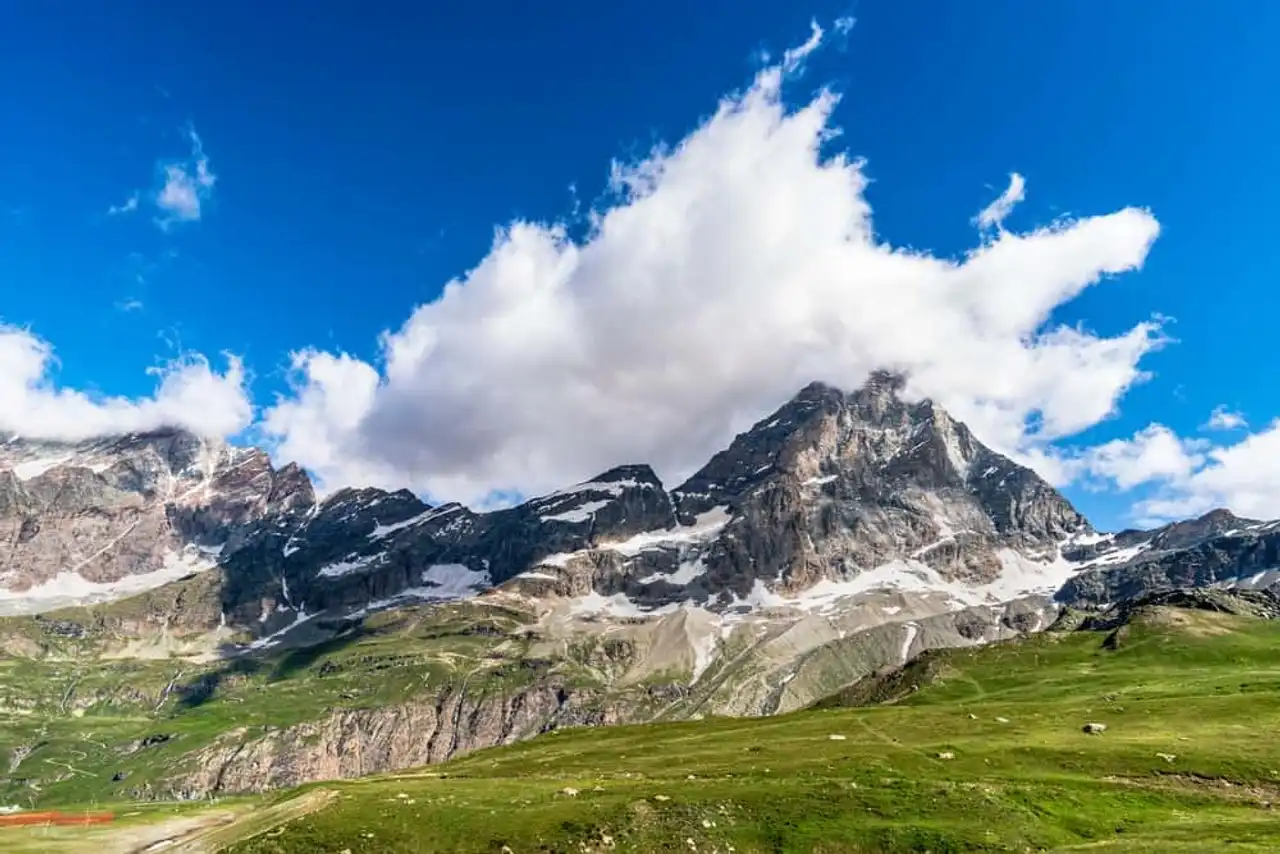
The hillside of Mont Cervin – Photo credit: Shutterstock – Marina Zanotti
Finally, climb even higher, at the top of the Alps, to discover a well-known mountain in France: the Mont Blanc . Large of 4,810 metres, the highest alpine mountain is also a natural border between France and Italy (also known as Monte Bianco). For the most athletic, the mountain can be a real challenge. But don't leave without certainty! If it seems too big, go down to the pretty village of Courmayeur to admire the mountain from another point of view, in an enchanting setting.
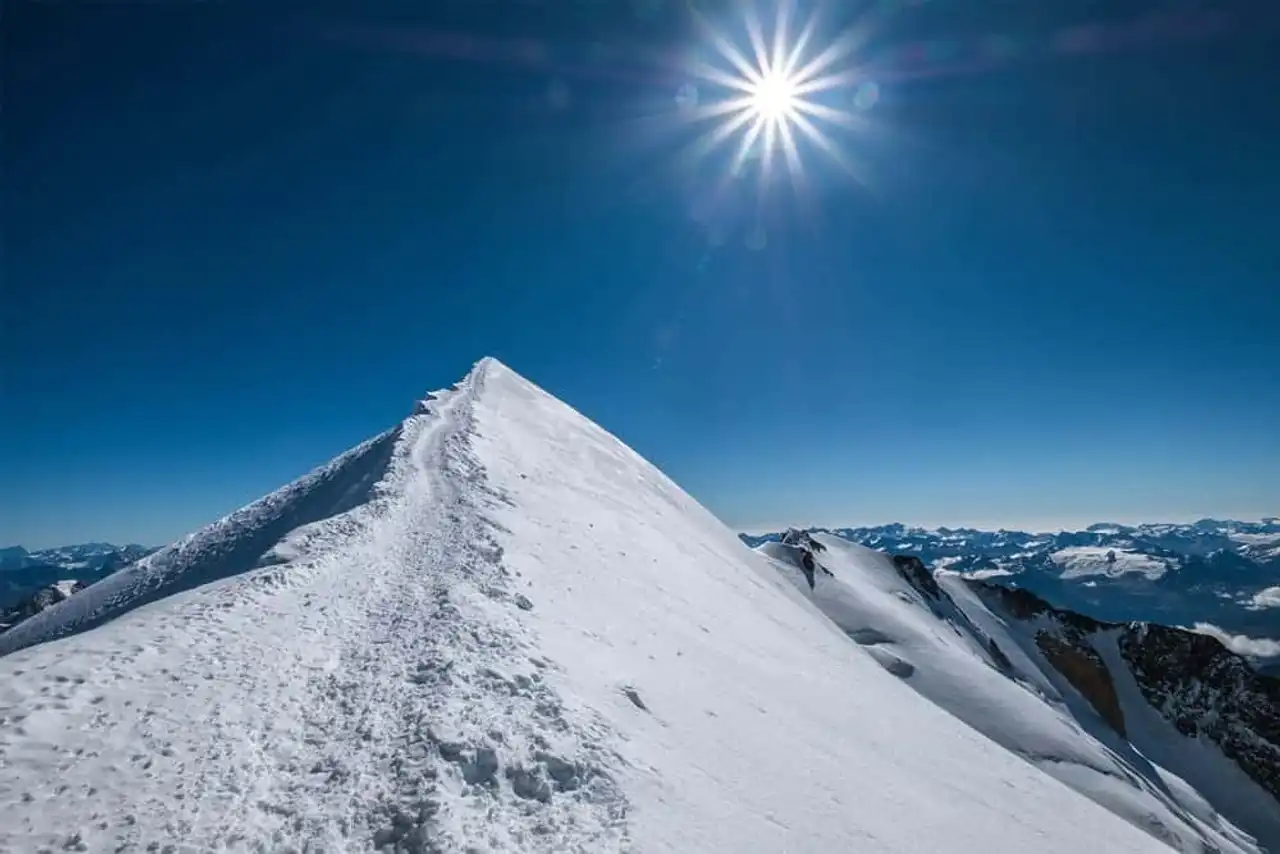
The vertiginous Mont Blanc, also called Monte Bianco transalpine side – Photo credit: Shutterstock – Soloviova Liudmyla
Aosta Valley(s)
Commercially speaking, visiting the Aosta Valley is profitable. We promise to visit the valley, but in the end it is no less than 14 valleys that are to visit! Some of them are even must-see passages, such as the Grand-Saint-Bernard valley and its pass that fry the 2,500 meters above sea level, or the Valtournenche and its famous ski resorts.
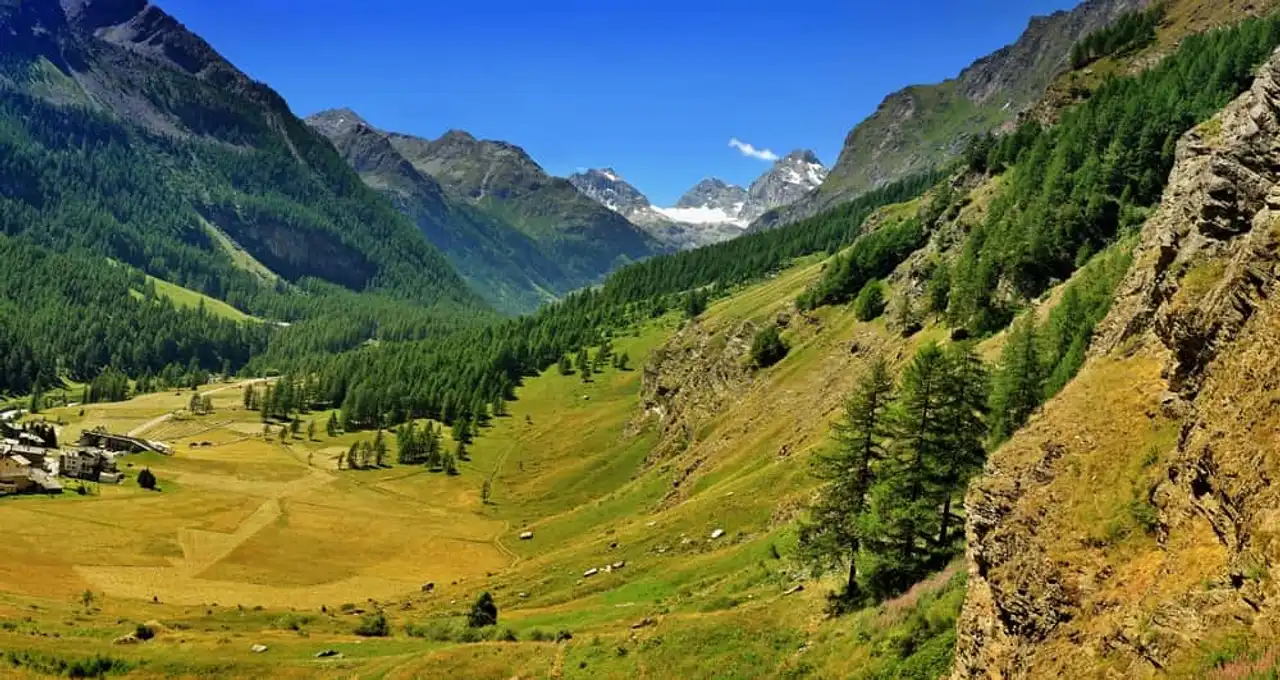
The Val de Rhemias, an inspiring place – Photo credit: Shutterstock – Pavlo Baliukh
But if only one should be retained, it would certainly be the Val de Rhêmes, located in the Grand Paradis National Park. On her own, we can discover a condensed of everything that the region has more beautiful. Its flora, its fauna (e.g. groves and chamois), its summits... It is a real scenery of nature-sized postcard that stands out.
Between lakes, glaciers and rivers
And since we are talking about postcards, they may display all the natural wealth of the Val d’Aosta. A mountainous territory requires, the region is full of liquid or glazed water points that make hikers happy. Among these exceptional places, don't miss Lac Verney, the largest in the territory and whose panorama leaves mouth baunted.
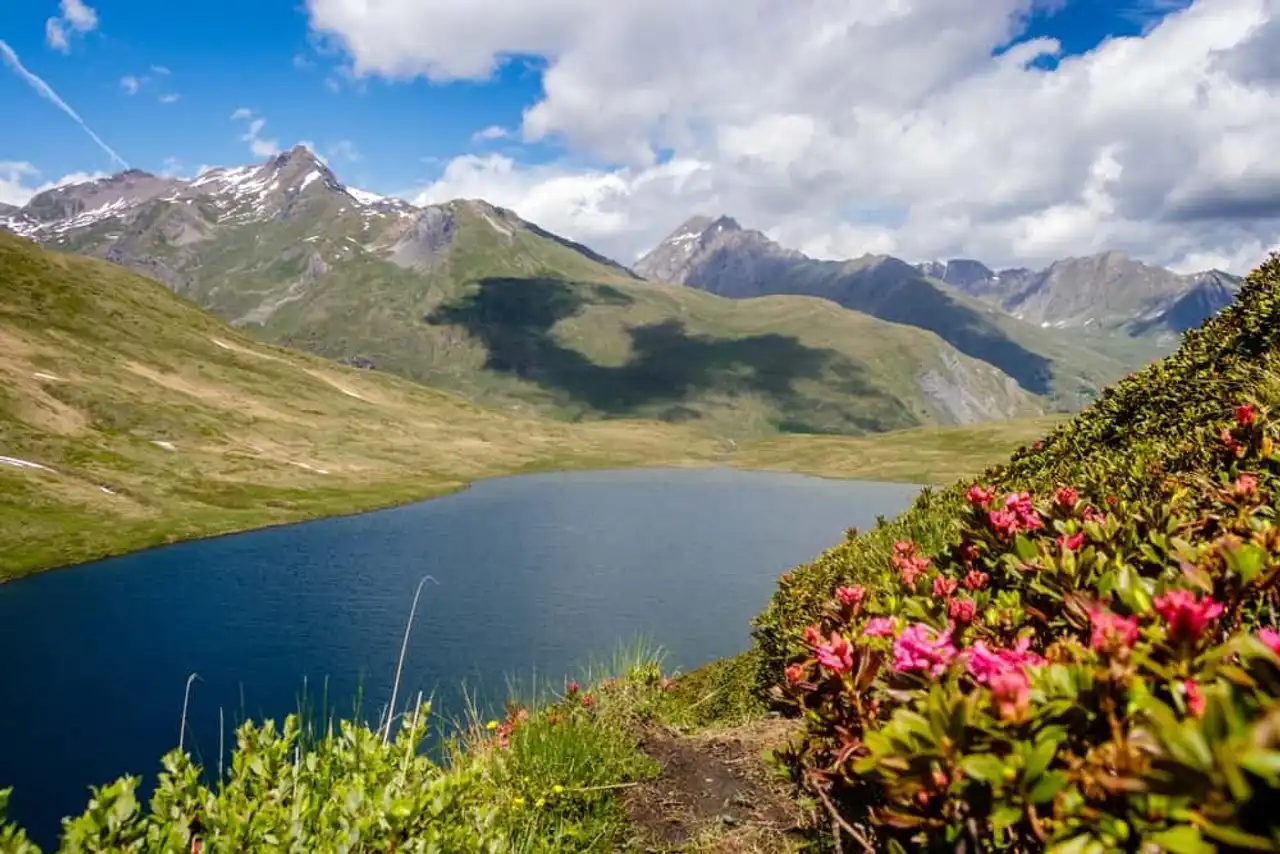
Lake Verney, one of the most beautiful in Italy – Photo credit: Shutterstock – Dennis Wegewijs
On the glacier side, it is on the Mont Blanc massif and its valdôtain slope that you strongly recommend it to go or fly. Indeed, on the hillside, the Pré de Bar glacier is an outdoor show. Surrounded by iconic summits (such as the Triolet needle, 3,800 metres), the place is a perfect personification of the word "savage".
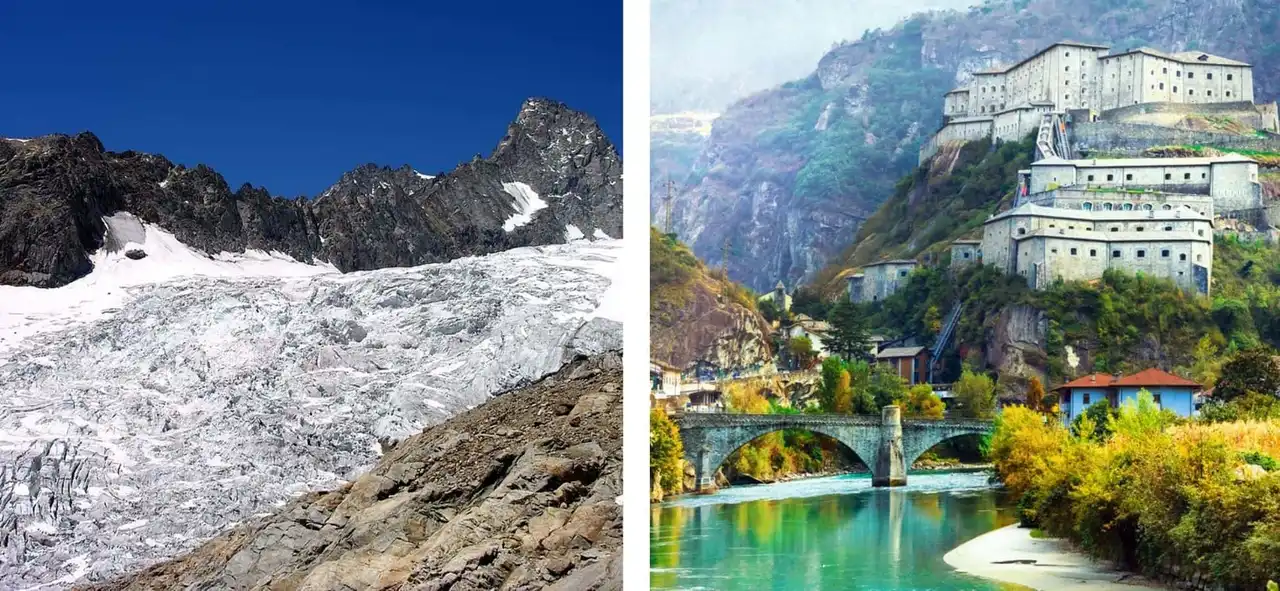
Find on the left: the Pre Glacier, in the Mont Blanc massif On the right: the Baltic Drill, which runs along the Bard Castle Find – Photo credits: Wikipédia – Nostromo-io Shutterstock – leoks
Finally, the river of the Baltic Doire also deserves its attention. If its decor may seem less impressive, it is capital. It was the latter who allowed Man to settle in the region. It is sufficient to note that the main cities are all lengthened by the river to notice it.
And then it is enough to follow it, even to Piedmont, to discover exceptional places where nature has kept its rights, or even coexist in harmony with men...
Here we are at the end of this discovery. It would have been possible to write hundreds of additional things, so this small territory is full of treasures like castles, shelters etc. This is why you are invited to be on the other side of the border in a region of rich history, unique interculturality and enchanting nature.
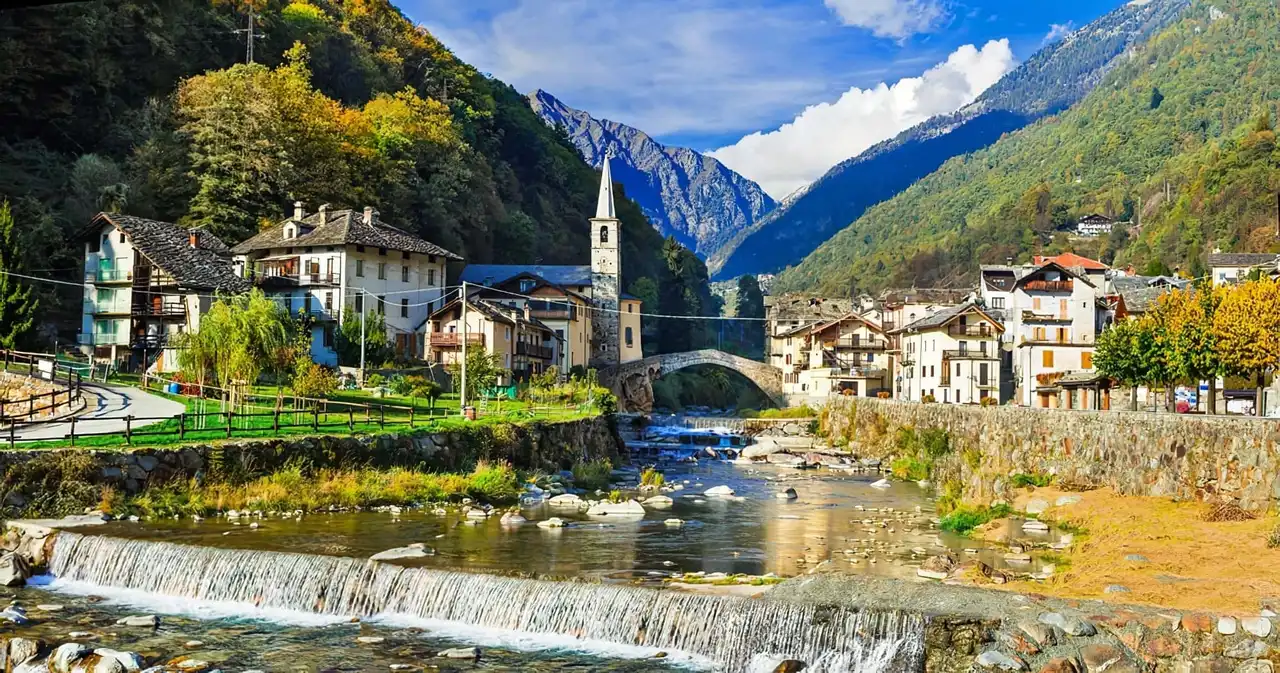





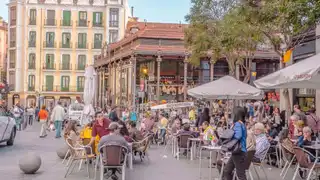
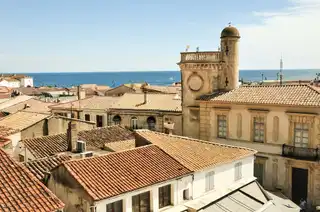
Loading comments ...